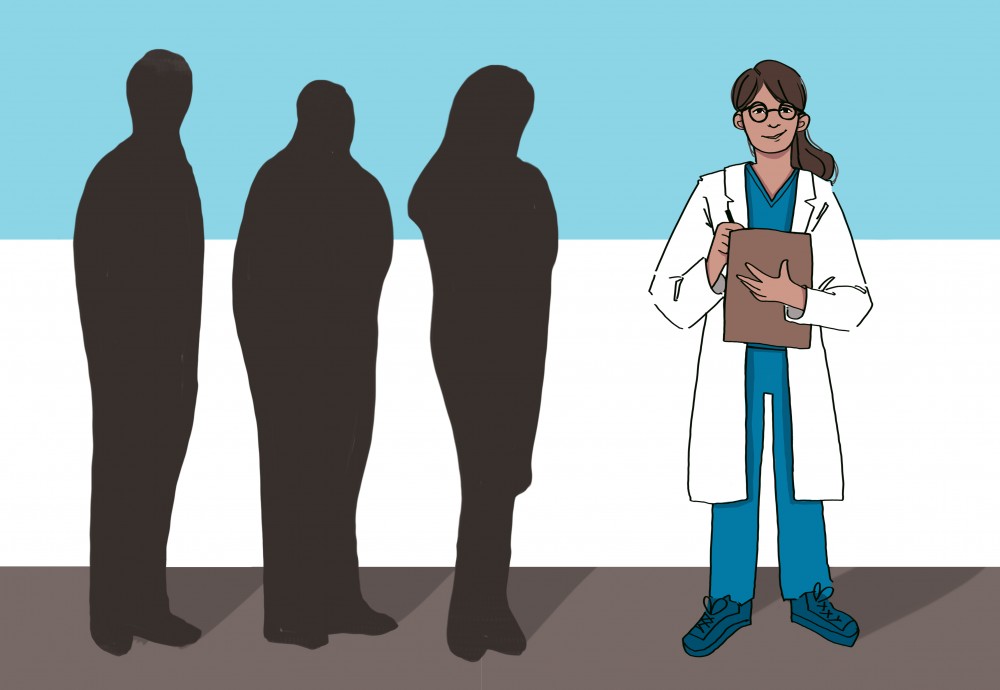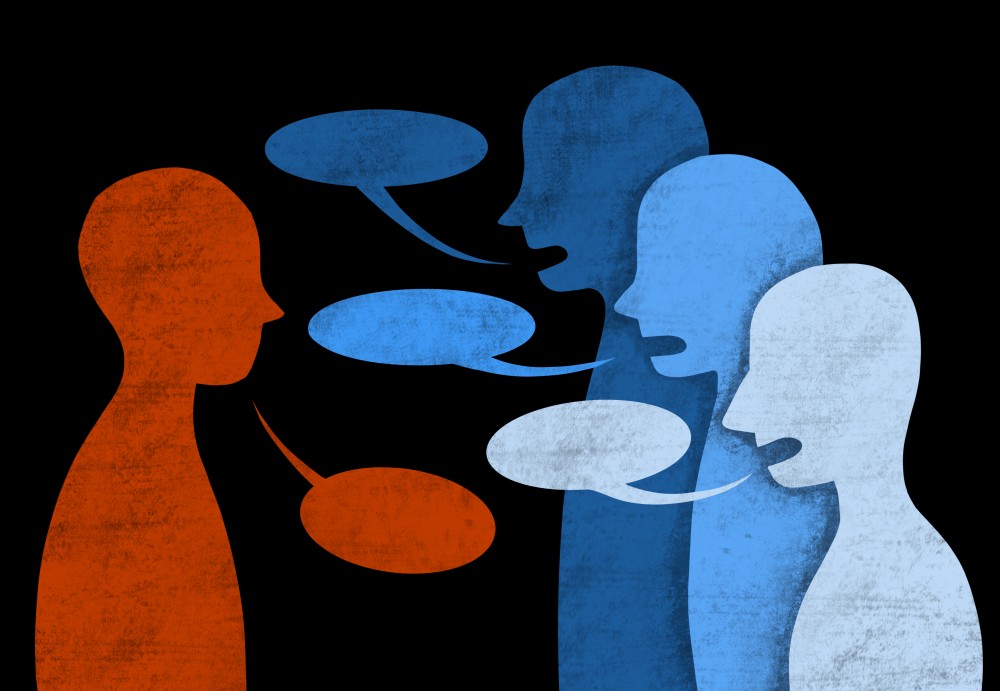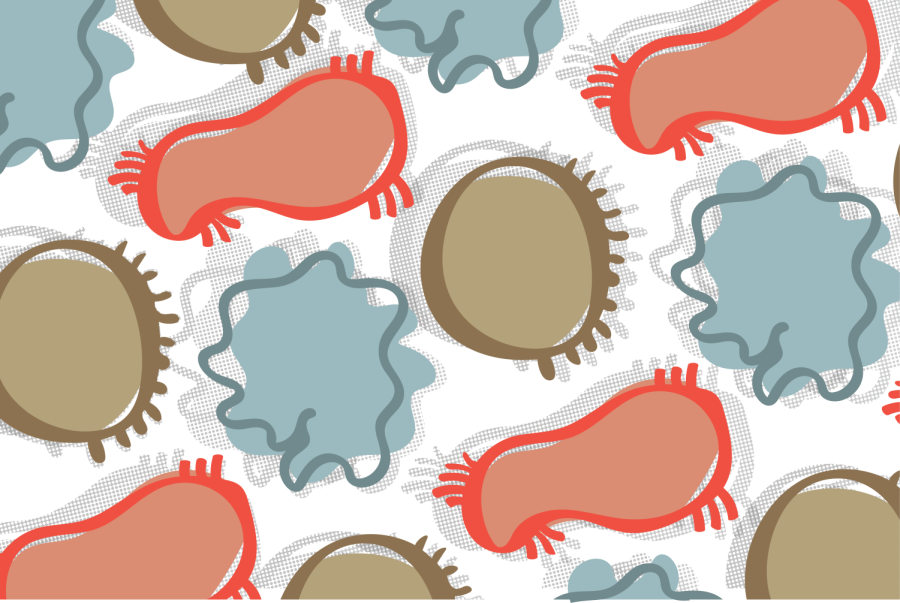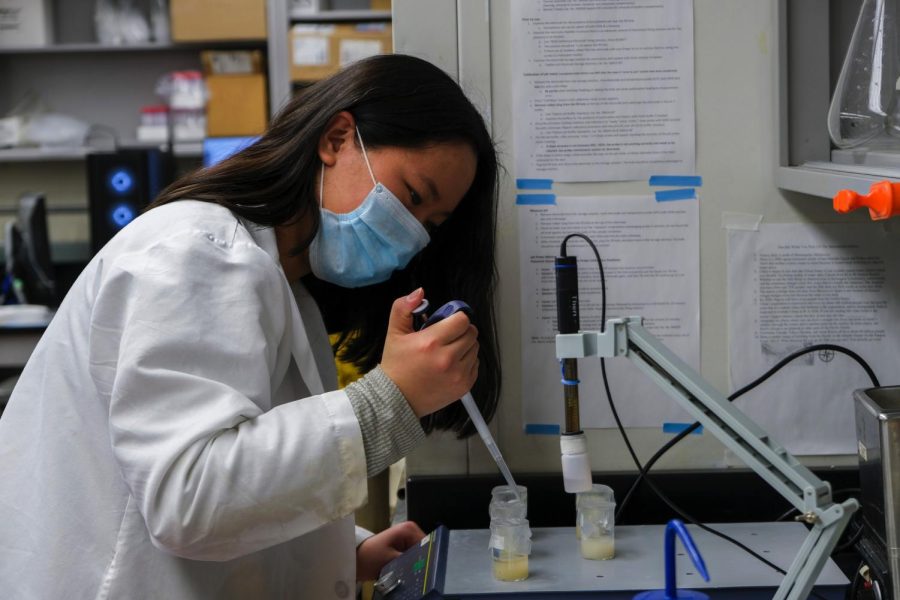Men are nearly two times more likely to develop blood clots while undergoing testosterone therapy, according to University of Minnesota research.
The study, which was published last month, found that men on testosterone therapy were at a heightened risk of developing a condition commonly known as “VTE.” With this condition, blood clots form in the veins and travel to the lungs, potentially blocking the blood supply. Men seek testosterone therapy for a variety of reasons, including low testosterone levels and sexual dysfunction.
These findings were shown in both men with and without hypogonadism, a condition where the body does not produce enough testosterone naturally.
“There hasn’t really been [this] kind of care given to a hypogonadism diagnosis. A lot of other studies either control for it or restrict it to one specific group of men,” said Robert Walker, the study’s lead and a research assistant at the University’s Minnesota Population Center.
In the study, researchers separated men with the condition and men without it. By doing so, they were able to see a near doubling of risk in both groups, he said. They were also able to control for factors such as smoking status, obesity and race.
“Overall for Americans, there [are] about 1 million cases of VTE annually,” Walker said, which includes a lifetime risk of one in 12 people. Symptoms include leg pain, swelling and rashes.
While men typically receive testosterone therapy for hypogonadism, they may also seek it for unwanted weight gain or emotional regulation.
“These findings are important, particularly for the men with no hypogonadism, as they suggest that off-label testosterone use for symptoms of ‘male menopause’ may be causing harm,” said Pamela Lutsey, a co-author of the study and University associate professor in the Division of Epidemiology and Community Health, in an email to the Minnesota Daily.
When men seek testosterone therapy for reasons other than hypogonadism, there is not necessarily an official diagnosis. However, treatment could fix those symptoms, Walker said.
“Testosterone therapy is more than just a kind of stroke and heart failure risk factor, we have to take into account other cardiovascular symptoms,” he said.
In the future, the researchers can use the same study design to test the effects of testosterone therapy on women, Walker said.
“Women who need to take testosterone for one reason or another may also be … put at a risk,” he said.
Women are often at risk of developing VTE while pregnant because of the pressure on their organs or afterward in the postpartum period, Walker said.
An important next step is for other researchers to reproduce these results, said Richard MacLehose, another co-author of the study and University associate professor in the Division of Epidemiology and Community Health.
Walker said he began this study because of the lack of research papers on the effects of testosterone therapy.
“The story of the paper is really just to think before you prescribe,” he said.














